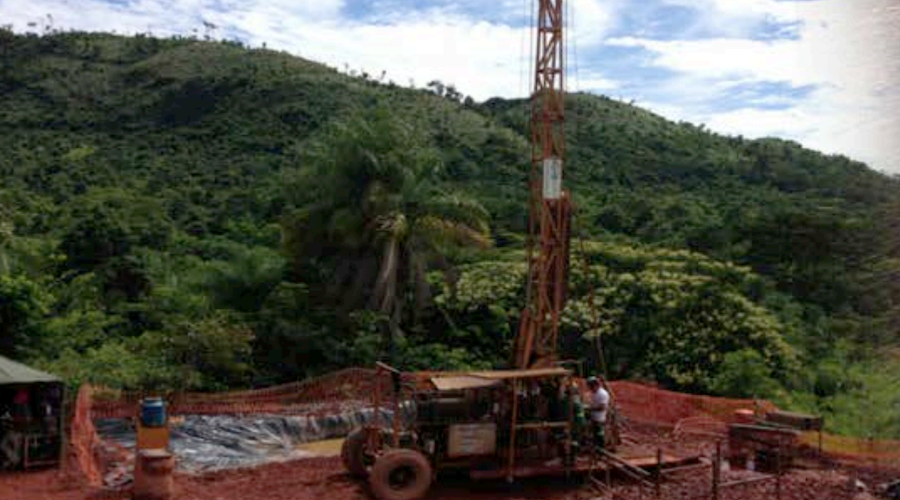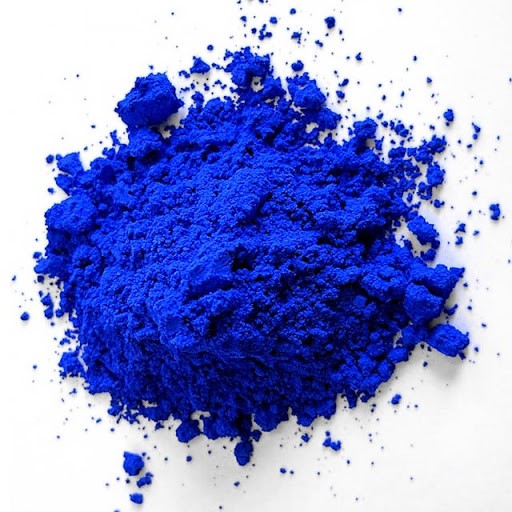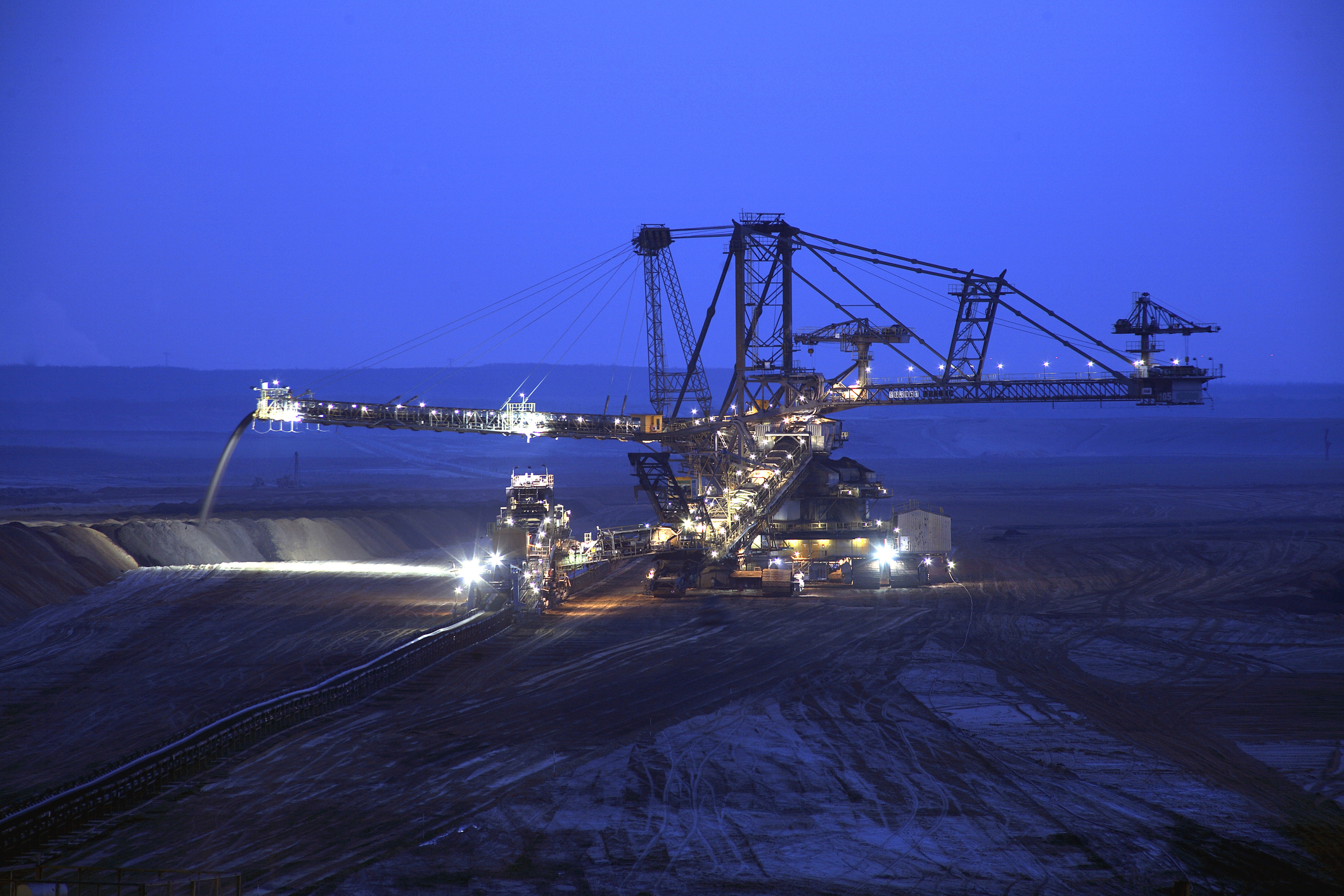The Pinheiro cobalt project holds approximately 36.3 million tonnes (Mt) of confirmed and probable reserves with a cobalt grading of 619 parts per million (ppm).
PINHEIRO PROJECT
PROJECT DESCRIPTION
Location: Pinheiro Municipality, State of Maranhão, Brazil

Pinheiro, Maranhão, Brazil

Pinheiro Project Location
Accessibility, the climate, the environment, local resources, infrastructure, and physiography are the key advantages of the Pinheiro Project.
The Project is located to the south of the state of Maranhão.
The city of Maranhão serves as the main hub for services and supplies in the surrounding area. It is easily accessible from the Project via the MA-006 highway. The Project property is situated in the humid tropical forest of the North-East region of Brazil. During the study, researchers identified three forest types in the area: secondary forest, dense alluvial forest, and submontane-dense ombrophilous forest. The terrain is hilly and rocky in some areas due to the presence of saprolite. Local geology is characterized by three lithostratigraphic units: Parauari Intrusive Suite, Maloquinha Intrusive Suite, and Quaternary Alluvial Reservoirs. The most significant rocky outcrops are concentrated in the sector where artisanal mining activities were carried out, and the rocks are weathered with varying colors and lithological materials.


Prospects for the Pinheiro Project
The Pinheiro cobalt project has an estimated amount of proven and probable reserves of 36.3 million tonnes (Mt) with a cobalt concentration of 619 parts per million (ppm). The Pinheiro mine utilizes open-pit mining techniques coupled with conventional drilling and blasting methods. The ore will be processed in a plant with a processing capacity of 4.25Mtpa.
The ore will undergo crushing to a size of 1.2mm, and then it will be subjected to gravity spirals to separate and produce a pyrite concentrate, while the tailings will be directed to a scavenger flotation circuit. The pyrite concentrate will undergo thermal decomposition to create pyrrhotite and sulphur.
The pyrrhotite that is obtained will undergo a leaching process in an autoclave at low temperature and pressure. The resulting solution will then be distilled, screened, re-melted, and treated to eliminate iron, copper, and zinc. The final product produced is a mixed hydroxide, which will be refined further to produce cobalt sulphate crystals. The process is expected to yield a recovery rate of over 90%. In addition, the project will involve the construction of a tailings storage facility with a capacity of 4.2Mtpa, electrical high-voltage yards, water storage dams, weighbridge, and rail siding to support the processing plant.

Future Engagement
Several community development-related social initiatives were developed, and all of them are expected to be put into action during the Project implementation.
The primary aim is to enhance the social communication between the company and the local community by providing more substantial assistance to all the activities that involve implementation. This includes a program to promote local development and the economy, along with a program to train, qualify, and enhance the workforce, which also encompasses a plan of action for labor demobilization. Additionally, there is an occupational health and safety program, a public management support program, and an environmental education program.
Environmental Geology and Mineralization
The Pinheiro deposit is a cobalt deposit related to an intrusion and hosted by granite. It is situated below older magmatic arcs made up of igneous rocks. Based on textural evidence and contact relationships, the granitic rocks emerged as elongated bodies along a fault zone that cut through quartz monzonites and cobaltite, which were more regionally extensive.
The granitoid was probably introduced at the same time as faulting occurred, and both intrusive contact and vein orientations suggest that the host fault zone was active during this period as a sinistral, dominantly strike-slip feature. The presence of various textures such as aplites, miarolitic cavities, and blebby quartz implies that the host granitic intrusions represent late, volatile-rich components of the parent cobalt ores. The vein textures suggest that at least some of the veins, and potentially cobalt mineralization, were introduced during or after the solidification of the host rocks.
The granites that are mineralized at Pinheiro can be visually classified into two sub-units based on the type of granite, alteration mineralogy, and color. The boundary between the two sub-units is not clearly defined, and there is a smooth transition between them. An andesitic body intruded the mineralized granites and is visible along the deposit's axis.
The Pinheiro deposit is a sub-vertical elongated body that extends approximately 1000 meters in length and 200-300 meters in width in a northwest direction. The drilling has been done to a depth of around 450 meters, and the deposit's lower part remains unexplored. The cobalt grades within the mineralized granite are consistent, and they are primarily associated with pyrite in sheeted veins and veinlets.
How can you contribute to the well-being of the environment?
Our Commitment
Pinheiro Cobaltum is a distinctive company that focuses on investment strategies and development within the mineral resource industry. Our expertise lies in finding underappreciated assets that possess strategic advantages that cannot be easily replicated. We invest in these assets and work towards transforming them into successful initiatives.
Discover Pinheiro Cobaltum
We are a forward-thinking cobalt extraction business with a diverse range of assets, dedicated to achieving expansion, generating revenue, and rewarding our stakeholders. We aim to recruit team members who share our values and vision, and who are keen to contribute to our ongoing growth.

